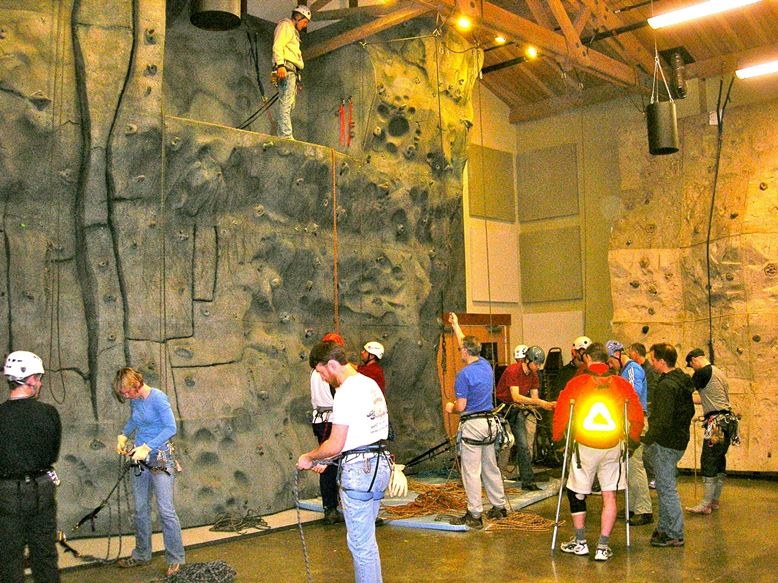
Seattle Program Center - February 22
LEADER
This incident occurred on the inside wall during the field trip. One student was belaying another but used a leader belay setup instead of a top-rope setup. This means the climber was not on belay at all and she certainly wasn't clipping any bolts.
She climbed up a little more than halfway to the ledge, fell, and landed on the mat at the bottom.
She was not injured and continued to climb afterwards.
The belayer did not setup correctly but clearly the climber also did not inspect the belay setup before starting.
I also have heard other students were worried/uncomfortable about the lack of oversight from instructors on the ground.
Follow-up Thoughts by Instructors
Field trip leaders found out about this incident hours after it had occurred when someone mentioned it at the end of the day. The leaders were at a loss as to how this could have happened. Seattle Climbing works very hard to instill the idea that EVERYONE on a climbing team is responsible for safety. Everyone should always be checking everyone else.
Is it possible these new climbing students were not yet introduced to top-roping vs. lead climbing? The students (the belayer and the climber) in this incident may have been at that stage of experience where they only knew to tie in to opposite ends of the rope. Further, with so much distracting climbing activity taking place all around them, students may have been even less able to evaluate the danger.
Experienced people (i.e. instructors) sometimes can't "see" the totally unexpected, especially in a busy environment. Mistakes do happen no matter how careful a person is, but the team should be able to catch such mistakes before there is a problem.
Future prevention might be as simple as alerting instructors that this incident occurred, thus removing the "totally unexpected" aspect. Some students are so new to climbing that the "obvious" is not yet obvious.
 David Shema
David Shema